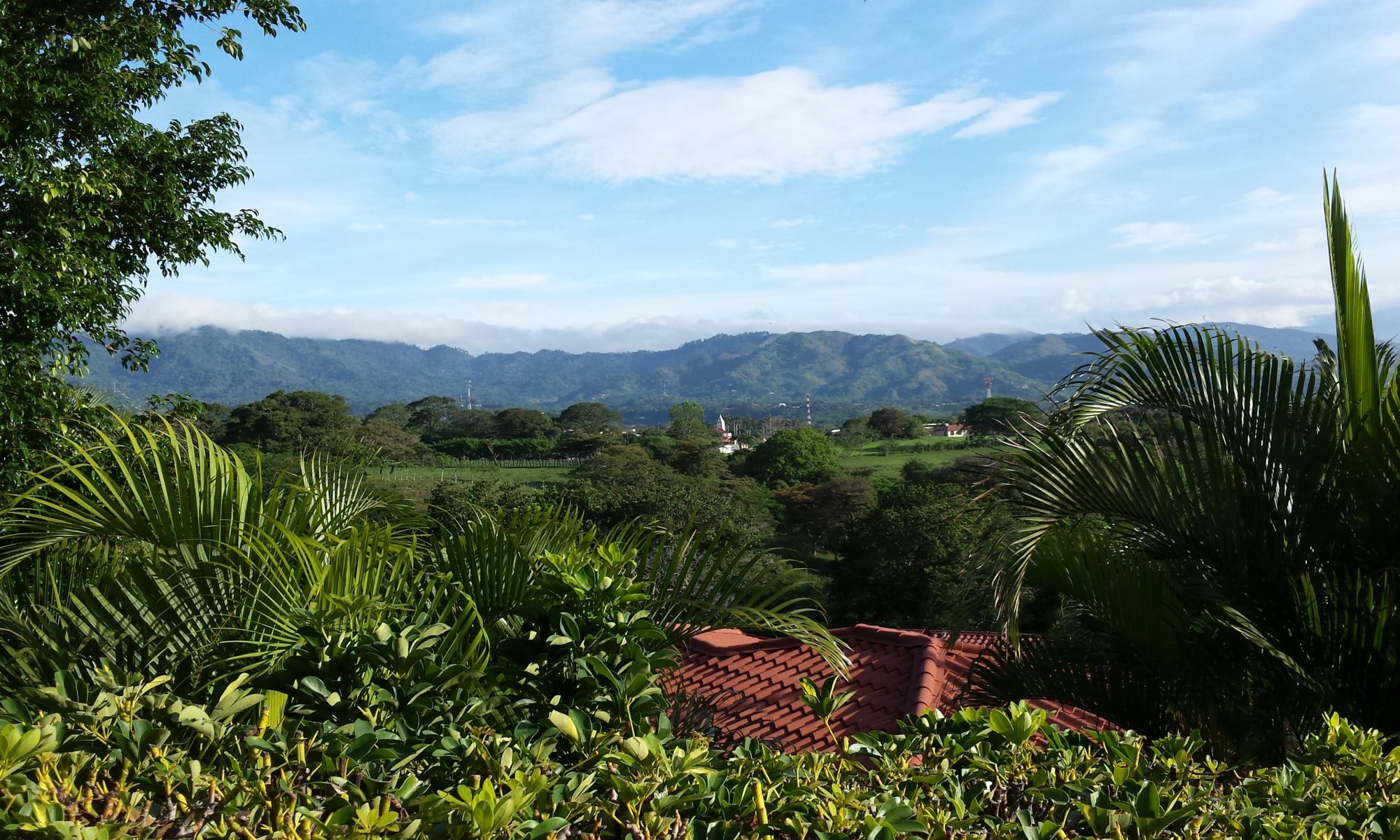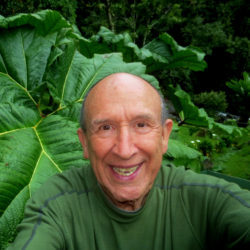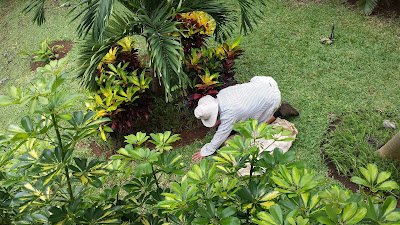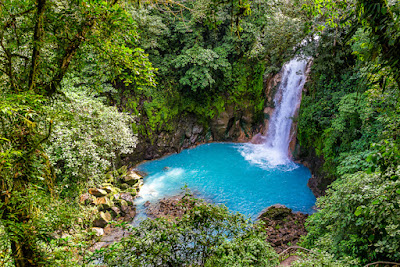| At Rancho Naturalista or in a nearby forest All near Turrialba, Costa Rica |
 |
| At Rancho Naturalista or in a nearby forest All near Turrialba, Costa Rica |
 |
| At Rancho Naturalista or in a nearby forest All near Turrialba, Costa Rica |
 |
| At Rancho Naturalista or in a nearby forest All near Turrialba, Costa Rica |
| At Rancho Naturalista or in a nearby forest All near Turrialba, Costa Rica |
| At Rancho Naturalista or in a nearby forest All near Turrialba, Costa Rica |
| At Rancho Naturalista or in a nearby forest All near Turrialba, Costa Rica |
| At Rancho Naturalista or in a nearby forest All near Turrialba, Costa Rica |
| At Rancho Naturalista or in a nearby forest All near Turrialba, Costa Rica |
| At Rancho Naturalista or in a nearby forest All near Turrialba, Costa Rica |
| At Rancho Naturalista or in a nearby forest All near Turrialba, Costa Rica |
| At Rancho Naturalista or in a nearby forest All near Turrialba, Costa Rica |
| At Rancho Naturalista or in a nearby forest All near Turrialba, Costa Rica |
See also my photo gallery called Rancho Naturalista Flowers which includes flower shots from my 2015 trip to Rancho Naturalista


































